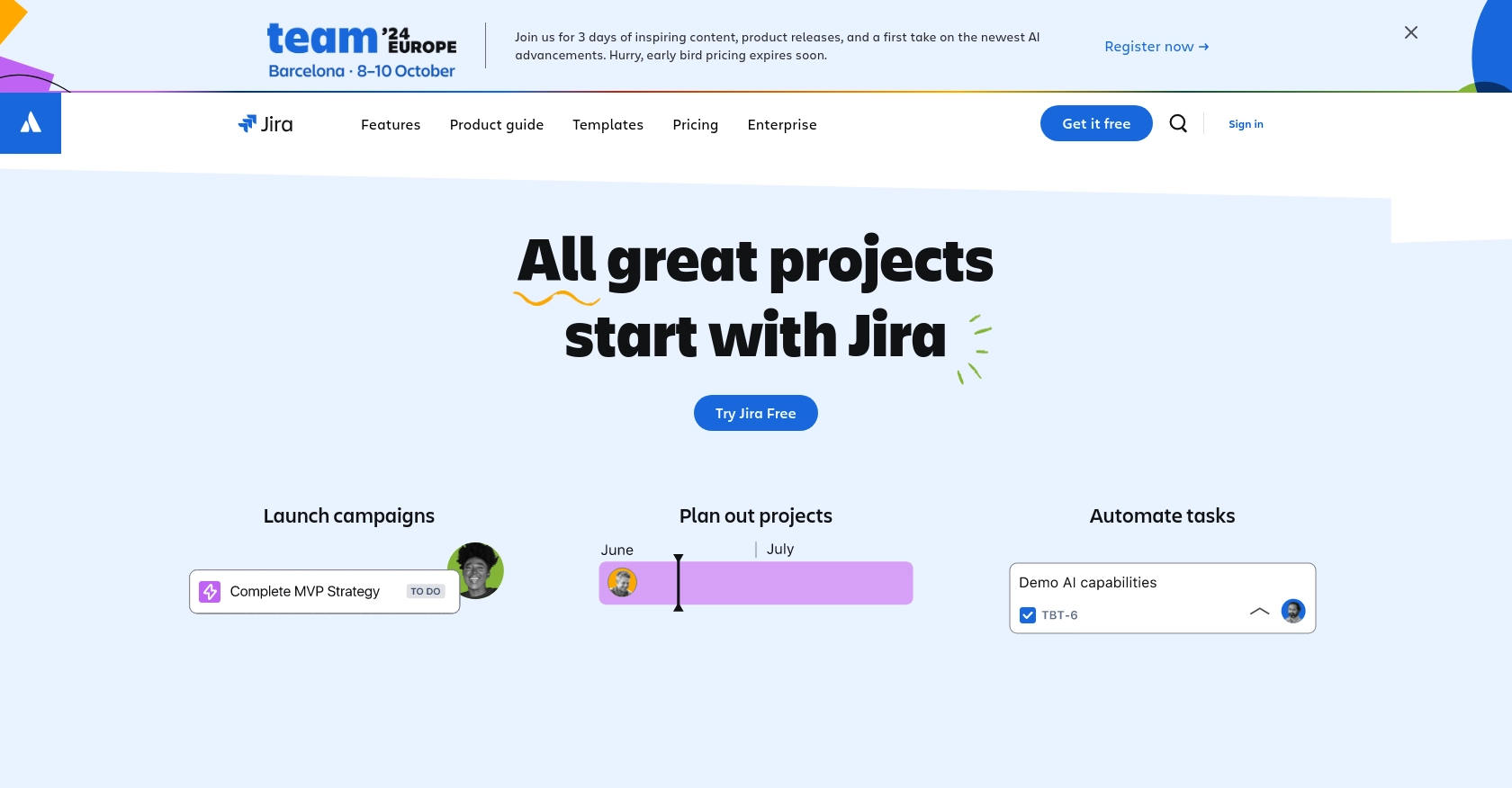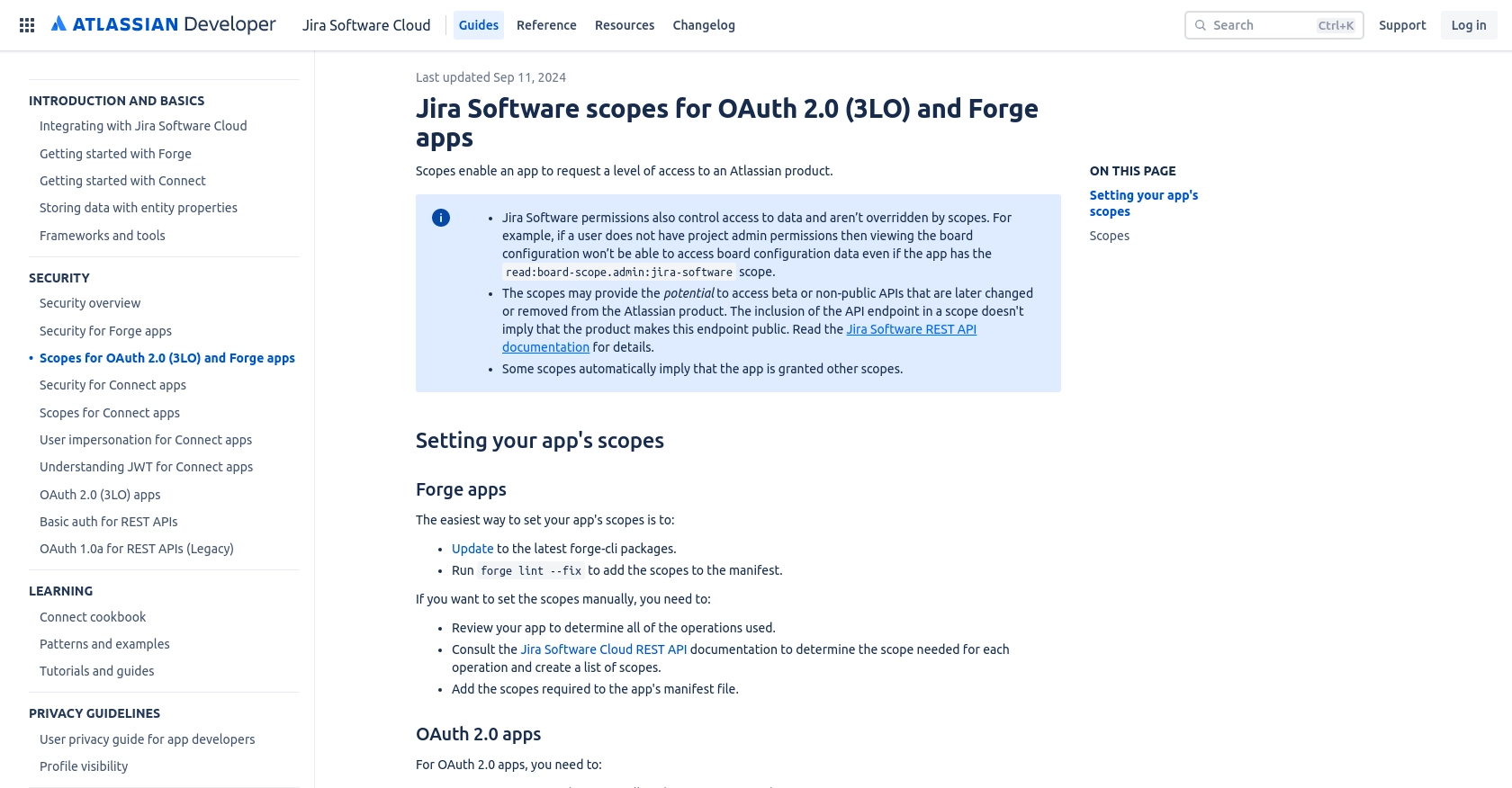How to Get Issues with the Jira API in PHP

Introduction to Jira API Integration
Jira is a powerful project management tool widely used by software development teams to track and manage issues, tasks, and projects. Its robust features and flexibility make it an essential tool for agile development environments.
Integrating with the Jira API allows developers to automate and streamline workflows, such as retrieving issue data for reporting or analysis. For example, a developer might use the Jira API to fetch issues and generate a detailed report on project progress, helping teams to identify bottlenecks and improve efficiency.
Setting Up a Jira Test or Sandbox Account for API Integration
Before you can start interacting with the Jira API, you'll need to set up a test or sandbox account. This allows you to safely experiment with API calls without affecting live data. Jira offers a free trial that you can use for this purpose.
Creating a Jira Account
To begin, sign up for a free Jira account if you don't already have one. Visit the Jira Free Trial page and follow the instructions to create your account. Once your account is set up, you can log in to access the Jira dashboard.
Setting Up OAuth 2.0 for Jira API Access
Jira uses OAuth 2.0 for secure API authentication. Follow these steps to create an OAuth 2.0 app and obtain the necessary credentials:
- Log in to your Jira account and navigate to the Atlassian Developer Console.
- Click on Create App and select OAuth 2.0 (3LO) as the authentication method.
- Fill in the required details for your app, such as the app name and description.
- Under the Authorization section, specify the necessary scopes. For accessing issues, you will need the
read:issue:jira-softwarescope. For more details, refer to the Jira Software scopes documentation. - Save your app configuration and note down the Client ID and Client Secret. These will be used to authenticate API requests.
Generating an Access Token
With your app set up, you can now generate an access token to authenticate your API requests:
- Use a tool like Postman or a custom script to make a POST request to the following URL:
- Include the following parameters in your request body:
- Upon successful authentication, you will receive an access token. Store this token securely as it will be used in the header of your API requests.
https://auth.atlassian.com/oauth/token{
"grant_type": "authorization_code",
"client_id": "Your_Client_ID",
"client_secret": "Your_Client_Secret",
"code": "Authorization_Code",
"redirect_uri": "Your_Redirect_URI"
}With your Jira test account and OAuth 2.0 setup complete, you're ready to start making API calls to retrieve issues and more. For further details on authentication, refer to the Jira API documentation.

sbb-itb-96038d7
Making API Calls to Retrieve Issues from Jira Using PHP
To interact with the Jira API and retrieve issues, you'll need to use PHP to make HTTP requests. This section will guide you through setting up your PHP environment and executing API calls to fetch issue data from Jira.
Setting Up Your PHP Environment for Jira API Integration
Before making API calls, ensure your PHP environment is properly configured. You'll need PHP 7.4 or later and the cURL extension enabled to handle HTTP requests.
- Verify your PHP version by running
php -vin your terminal. - Ensure the
cURLextension is enabled by checking yourphp.inifile or runningphp -m | grep curl.
Installing Required PHP Dependencies
To simplify HTTP requests, you can use the Guzzle library. Install it using Composer:
composer require guzzlehttp/guzzleExample Code to Fetch Issues from Jira API
With your environment set up, you can now write a PHP script to fetch issues from Jira. Below is an example code snippet:
require 'vendor/autoload.php';
use GuzzleHttp\Client;
$client = new Client();
$accessToken = 'Your_Access_Token';
$issueIdOrKey = 'PROJECT-1'; // Replace with your issue ID or key
$response = $client->request('GET', "https://your-domain.atlassian.net/rest/agile/1.0/issue/{$issueIdOrKey}", [
'headers' => [
'Authorization' => "Bearer {$accessToken}",
'Accept' => 'application/json',
]
]);
if ($response->getStatusCode() === 200) {
$issueData = json_decode($response->getBody(), true);
echo "Issue Summary: " . $issueData['fields']['summary'] . "\n";
} else {
echo "Failed to retrieve issue. Status Code: " . $response->getStatusCode();
}
Replace Your_Access_Token and PROJECT-1 with your actual access token and issue ID or key.
Understanding the API Response and Handling Errors
Upon a successful request, the API returns a JSON object containing issue details. You can access specific fields like the issue summary as shown in the example.
If the request fails, handle errors by checking the status code. Common error codes include:
- 400 Bad Request: Check your request parameters.
- 401 Unauthorized: Verify your access token.
- 404 Not Found: Ensure the issue ID or key is correct.
For more details on error handling, refer to the Jira API documentation.
Verifying API Call Success in Jira Dashboard
To confirm the API call's success, log in to your Jira dashboard and navigate to the issue you retrieved. Ensure the details match the data returned by your API call.

Conclusion and Best Practices for Jira API Integration with PHP
Integrating with the Jira API using PHP can significantly enhance your project management workflows by automating tasks and providing real-time data access. By following the steps outlined in this guide, you can efficiently retrieve issue data and leverage it for reporting, analysis, or other custom applications.
Best Practices for Secure and Efficient Jira API Usage
- Securely Store Credentials: Always store your OAuth credentials and access tokens securely. Avoid hardcoding them in your scripts. Consider using environment variables or secure vaults.
- Handle Rate Limiting: Jira API has rate limits to prevent abuse. Implement retry logic with exponential backoff to handle rate limit errors gracefully. For more details, refer to the Jira API documentation.
- Data Transformation: Standardize and transform data fields as needed to ensure compatibility with your application's data structures.
- Monitor API Usage: Regularly monitor your API usage to optimize performance and avoid hitting rate limits.
Streamlining Integrations with Endgrate
While integrating with Jira API directly is powerful, managing multiple integrations can be complex and time-consuming. Endgrate simplifies this process by providing a unified API endpoint for various platforms, including Jira. This allows you to focus on your core product while outsourcing integration complexities.
By using Endgrate, you can build once for each use case and leverage an intuitive integration experience for your customers. Visit Endgrate to learn more about how it can streamline your integration efforts and save valuable development resources.
Read More
- https://endgrate.com/provider/jira
- https://developer.atlassian.com/cloud/jira/software/scopes-for-oauth-2-3LO-and-forge-apps/
- https://developer.atlassian.com/cloud/jira/software/rest/intro/#introduction
- https://developer.atlassian.com/cloud/jira/software/rest/api-group-issue/#api-rest-agile-1-0-issue-issueidorkey-get
Ready to get started?
